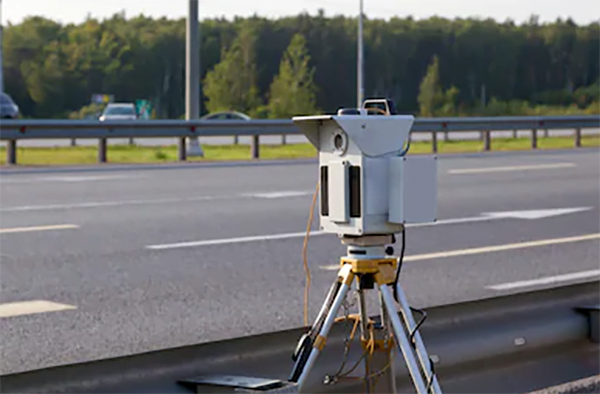[fusion_builder_container hundred_percent=”no” equal_height_columns=”no” menu_anchor=”” hide_on_mobile=”small-visibility,medium-visibility,large-visibility” class=”” id=”” background_color=”” background_image=”” background_position=”center center” background_repeat=”no-repeat” fade=”no” background_parallax=”none” enable_mobile=”no” parallax_speed=”0.3″ video_mp4=”” video_webm=”” video_ogv=”” video_url=”” video_aspect_ratio=”16:9″ video_loop=”yes” video_mute=”yes” video_preview_image=”” border_color=”” border_style=”solid” margin_top=”” margin_bottom=”” padding_top=”” padding_right=”” padding_bottom=”” padding_left=”” type=”flex”][fusion_builder_row][fusion_builder_column type=”1_1″ layout=”1_1″ spacing=”” center_content=”no” hover_type=”none” link=”” min_height=”” hide_on_mobile=”small-visibility,medium-visibility,large-visibility” class=”” id=”” background_color=”” background_image=”” background_position=”left top” background_repeat=”no-repeat” border_color=”” border_style=”solid” border_position=”all” padding_top=”” padding_right=”” padding_bottom=”” padding_left=”” margin_top=”” margin_bottom=”” animation_type=”” animation_direction=”left” animation_speed=”0.3″ animation_offset=”” last=”true” border_sizes_top=”0″ border_sizes_bottom=”0″ border_sizes_left=”0″ border_sizes_right=”0″ first=”true”][fusion_text columns=”” column_min_width=”” column_spacing=”” rule_style=”default” rule_size=”” rule_color=”” hide_on_mobile=”small-visibility,medium-visibility,large-visibility” class=”” id=”” animation_type=”” animation_direction=”left” animation_speed=”0.3″ animation_offset=””]
Speed Cameras are being used as highway tax.
| Jun 10, 2009 – NIWOT, CO -President Barack Obama made few concrete statements as a candidate on the subject of transportation during the 2008 presidential campaign. There are several good radar detectors that will support your driving, if you encounter one of these photo radar cameras. The Escort Passport 9500ix radar detector is probably the best GPS radar detector you can use, as it combines photoradar and speed radar in one radar detector. The Bel GX65 and Cobra XRS-9960g would be your next best radar detectors.
Now that his cabinet has been sworn into office, President Obama has turned his attention to filling the lower-level positions that are frequently responsible for making major policy decisions. At the US Department of Transportation, these new appointees all share a love for speed cameras, traffic cameras and toll fees on our highways, especially Transportation Secretary Ray LaHood’s new number two man. “With great pleasure I want to bid a hearty welcome aboard to our new Deputy Secretary, John Porcari,” LaHood wrote yesterday. “And, though he’s been on duty less than a week, he already has done some heavy lifting for us.” Porcari, 50, was confirmed by the US Senate on May 22 and serves as the Transportation Department’s chief operating officer, overseeing day-to-day operations. Porcari has the formal administrative experience that LaHood lacks. Most recently, Porcari headed Maryland’s transportation agency where his main accomplishment was spearheading the effort to install speed cameras on every freeway in the state (Source, TheNewsPaper.com) with fines of $2000 per ticket. As late as April, Porcari was out defending the successful passage of legislation allowing speed cameras in “work zones” that have no workers. The legislature, however, opted for a significantly reduced fine from Porcari’s original proposal. “Drivers in Maryland will be safer traveling our highways thanks to legislation authorizing speed cameras in construction work zones,” Porcari wrote in a letter to the Baltimore Sun newspaper. “And with clear signs offering advance warning of speed cameras, this will not be a matter of ‘gotcha.'” Like his new boss (Source TheNewsPaper.com), Porcari is also a major fan of imposing tolls on roads. So too is the newly confirmed Undersecretary for Transportation Policy, Roy Kienitz, 46. Kienitz was formerly the Deputy Chief of Staff for Pennsylvania Governor Ed Rendell (D) with responsibility over transportation issues. Rendell credited Kienitz for the state legislation that would have allowed the imposition of tolls on Interstate 80 and sold the Pennsylvania Turnpike to a foreign toll road consortium. Both plans ultimately failed (Source, TheNewsPaper.com). Kienitz is also a board member for “Building America’s Future,” a group that lobbies on behalf of government officials to promote toll roads as infrastructure projects. Such projects were what Peter H. Appel, 44, worked on for the consulting firm A.T. Kearney. The Senate confirmed Appel as Administrator of the DOT’s Research and Innovative Technology Administration on April 29. Appel’s former firm is one of many that stands to profit from the twenty-two percent overhead cost (Source, TheNewsPaper.com) added to every tolling project. “A.T. Kearney has a broad transportation client base, including railroads, airlines and airports, shipping lines, ports, motor carriers and toll roads,” the company explained in a summary of the areas in which it does business. President Obama has also nominated Victor M. Mendez to be Administrator of Federal Highway Administration. Mendez, who awaits confirmation, was most recently the Director of the Arizona Department of Transportation where he coordinated state agencies and interest groups for the rollout of the state’s freeway speed camera program (Source, TheNewsPaper.com) Call 1st Radar Detectors in Canada at 250-324-8004 or in the USA at 720-635-3931 to discuss your requirements and we will figure out what what you need for your business or your vehicle, and find a US/Canada installer for you. Regards, John Turner STiR Plus, HP905 Quad Laser Jammer, APC Power Control STiR Plus, HP905 Quad, HP905 Dual and ProDB-2 Dual PhotoBlocker Contact 1st radar Detectors at [email protected] to purchase a radar detectors, laser jammer, radar laser jammer; and a photo blocker on passenger cars, pick up trucks, SUVs, and motorcycles in the UK, USA, Australia, Canada, Europe, South America and New Zealand. |
[/fusion_text][/fusion_builder_column][/fusion_builder_row][/fusion_builder_container]


Recent Comments